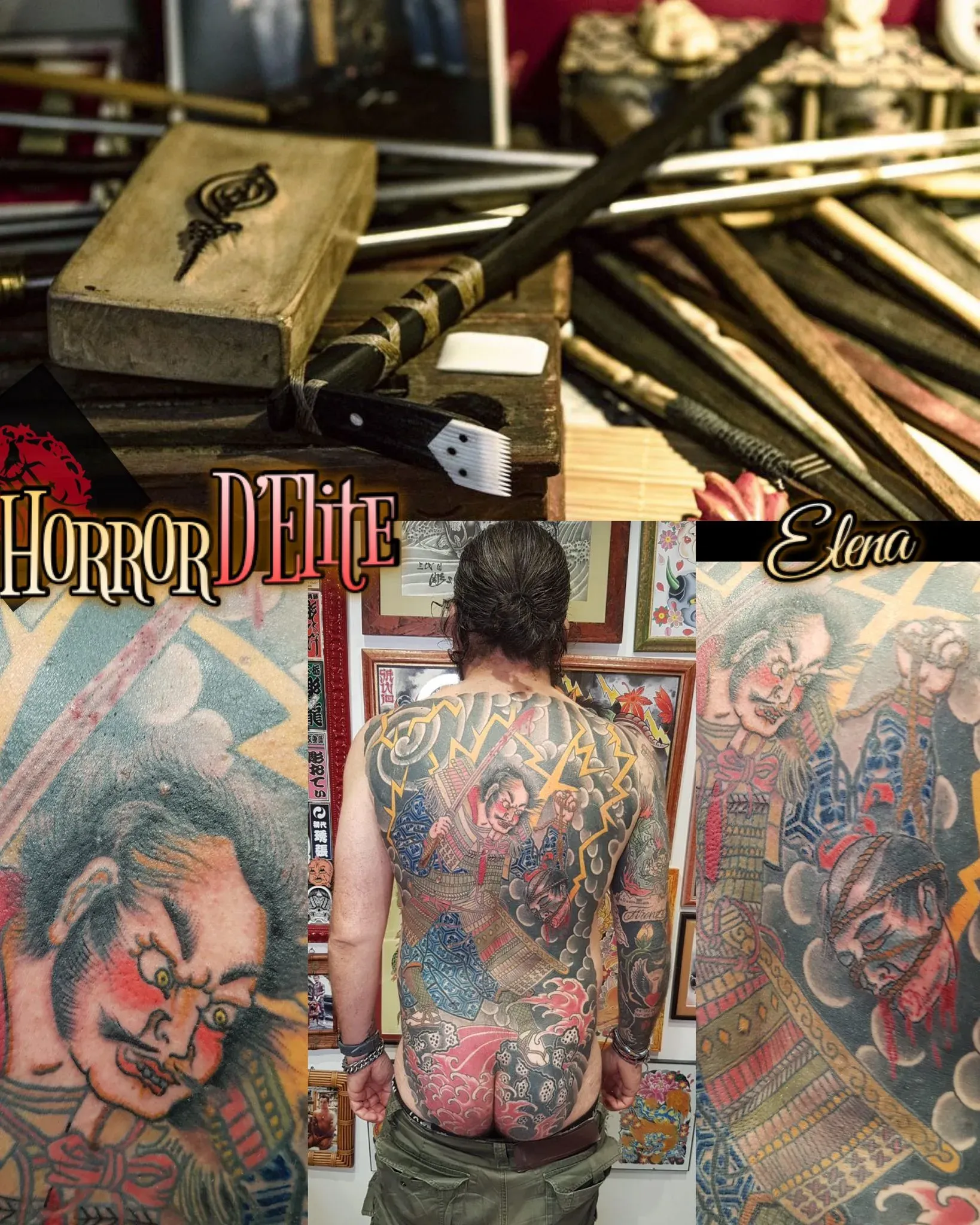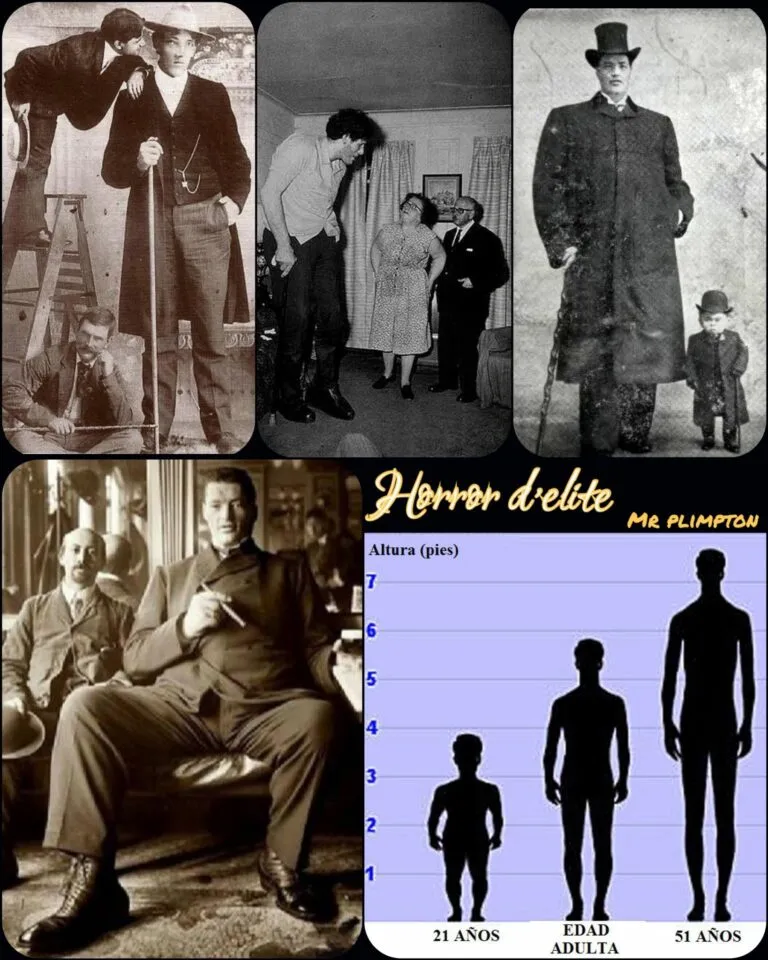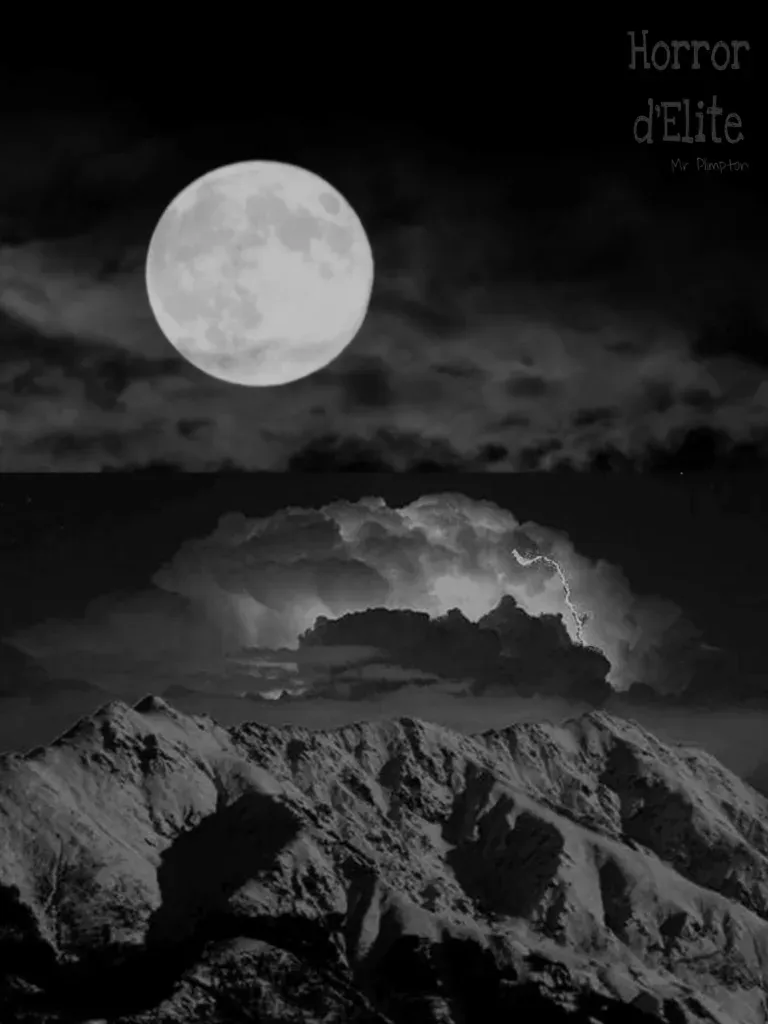Tebori Technique
What is the Tebori Technique?
I have never been a huge fan of tattoos; I’ve always admired them on other people’s bodies as true works of art created by anonymous artists.
But the question that naturally arose is: what is the origin of this fantastic art?
In Japan, as we will see, it evolved differently from the rest of the world.
The first appearance of tattoos in the West is generally associated with Captain James Cook, who, in 1744, returned from his voyage in the Pacific Ocean with a native whose body was completely covered in tattoos.
His appearance elicited various reactions from the population upon his arrival.
Soon after, many people began getting tattooed, some out of mere emulation, others out of genuine admiration for the fascinating designs on the skin, starting what is now a true fashion trend.
But how did the art of tattooing begin and develop in the East, and especially in Japan?
The earliest written record of Japanese tattoos is a Chinese chronicle from 300 A.D. that mentions the use of tattoos among Japanese natives. It wasn’t until 800 A.D. that Japanese-written records are found: they indicate that in Japan, tattoos were used as a punitive measure, marking offenders with the term “dog” on their foreheads and with lines and crosses on their arms for those from lower castes.
It was much later that Japanese tattoos began to be discussed for decorative purposes, to imprint Buddhist prayers or tokens of love.
The unique technique of Japanese tattoos is called Tebori, which roughly means “hand-carved.”
These designs indeed give a strong sense of three-dimensionality. It is very different from Western techniques: for starters, these tattoos are done by hand, not with automatic machines.
This is why it is not easy to find a tattoo artist in Italy skilled in this technique, although there are a few fortunate individuals who have had the immense honor of learning from expert Japanese tattoo masters, discovering the secrets of Tebori.
 The Tebori technique is performed with a bamboo stick (nowadays sterilizable materials are also used) to which needles are fixed.
The Tebori technique is performed with a bamboo stick (nowadays sterilizable materials are also used) to which needles are fixed.
The master tattooist makes rhythmic movements, penetrating the skin with these needles.
The process is more painful and requires a longer healing time, but in the end, you get a true piece of art on your skin.
Despite its millennia-old history, tattoos are far from well-regarded in Japanese society today.
In places like public pools and gyms, but especially in hot springs, it is extremely common to find signs prohibiting entry to tattooed individuals.
It doesn’t matter if the tattoo is small and barely visible; the mark on the body will still prevent access to a long list of places.
But what are the reasons for the ban on tattoos?
Presumably, the association with the Yakuza or simply with their historical roots as marks of criminals persists. Despite Japan being recognized as a country where tattooing art is unparalleled, displaying a tattoo in Japan can still be a difficult issue to overcome.
However, there is a moment in Japanese social life when tattoos are not only accepted in public but are almost celebrated.
It is the Shinto festival called Sanja Festival, held in Tokyo during the third weekend of May, created to honor the three fishermen who built the Sensoji Temple after fishing a golden statue of Buddha from the river. Grand parades accompany the passage of the three divine altars through the festive streets: the statues, weighing about a ton each, are shaken to intensify their propitiatory power and transmit energy and strength to the community.
The parades are a river of lavish costumes, including winged dancers, geishas, and tattooed men in fundoshi (traditional Japanese loincloth), representing the only moment when tattoos can be publicly displayed.
 Tebori tattoos are true works of art, composed of various levels and designs that make up the final design. If you are interested in getting a traditional Tebori tattoo, you should know that there are terms used by artists to refer to different elements or designs of the tradition, including:
Tebori tattoos are true works of art, composed of various levels and designs that make up the final design. If you are interested in getting a traditional Tebori tattoo, you should know that there are terms used by artists to refer to different elements or designs of the tradition, including:
• Bokashi: a black gradient shading often used for clouds or decorative trails
• Kakushi-bori: a term used to describe designs near the armpit or in hidden parts of the body. It also refers to words or numbers hidden among flower petals
• Kebori: the term for very thin lines, used for example to draw hair
• Keshow-bori: secondary images supporting the main design
• Nijuw-bori: when an artist tattoos a character from Tebori tradition who is also tattooed, the character’s tattoos must be faithfully reproduced by the artist on the client’s body
• Nuki-bori: a main design without secondary images (Keshow-bori)
• Suji-bori: the outline, meaning the edges or contours of the design
Among the most frequently chosen mythological and non-mythological figures for traditional Japanese tattoos are dragons, qilin (a type of Chinese dragon), koi carp, tigers, snakes, lotus flowers and peonies, chrysanthemums, bamboo branches, Buddha, clouds, and waves.

Subscribe to our YouTube channel






